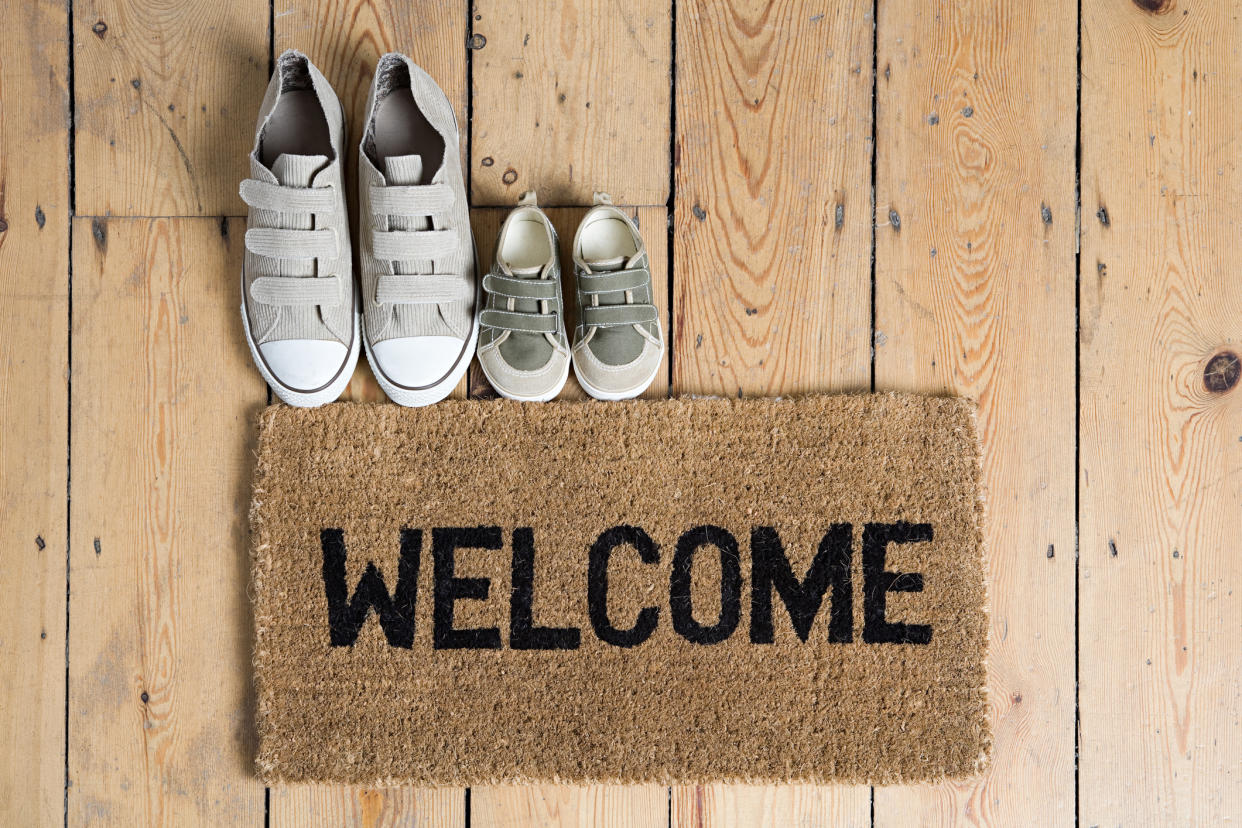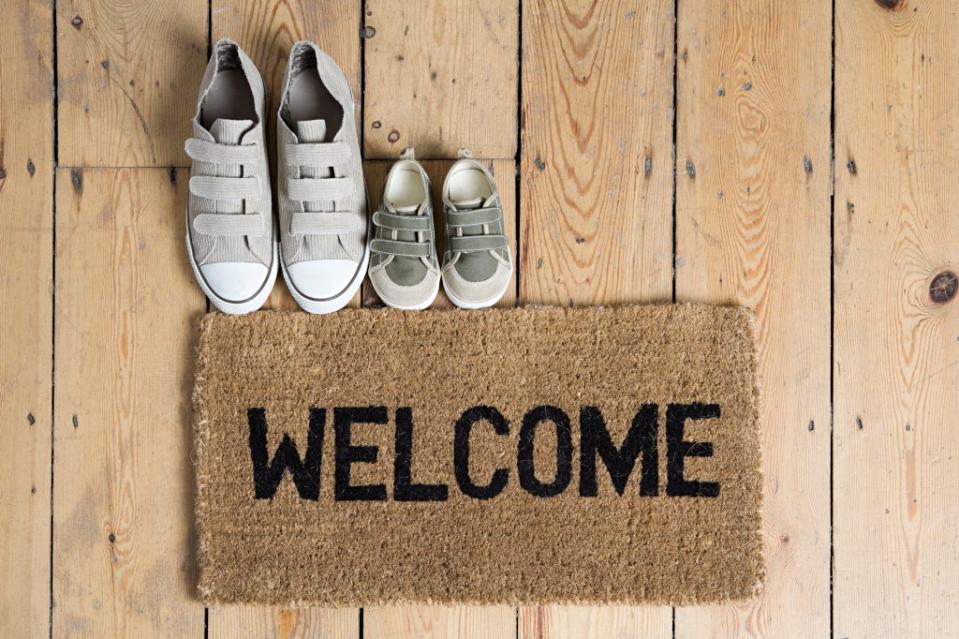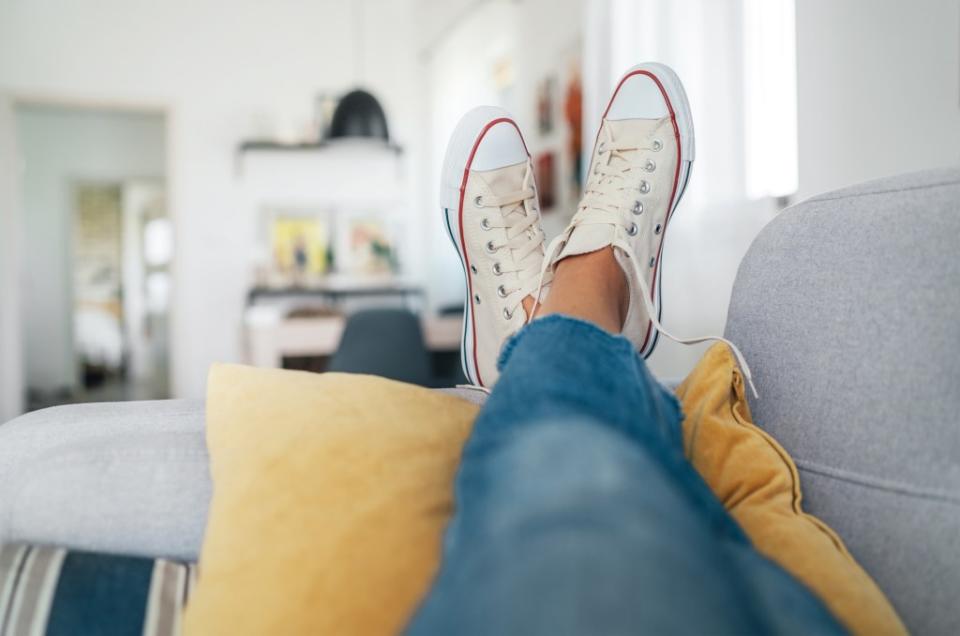Why you should be wearing shoes indoors, according to doctors

It’s time to invest in indoor shoes.
With the rise of remote work, more people end up walking around barefoot all day — and more people are experiencing foot pain.
Dr. Priya Parthasarathy, a podiatrist with Foot and Ankle Specialists of Mid-Atlantic in Silver Spring, MD, told TIME that there’s been a “significant increase” over the past few years of people experiencing foot pain.
However, there’s a simple way to avoid aches, strains and stress fractures: wear shoes inside.
“It makes such a big difference,” Parthasarathy said.
Dr. Jackie Sutera, a New York City-based podiatrist, said that people tend not to realize how much time they spend walking around barefoot on hard floors while at home.
“You’ll get up and stand around the kitchen and chop vegetables, or clean, or go up and down the stairs to do laundry,” Sutera told TIME.
Since hard floors don’t offer any support or shock absorption, the impact hits the foot’s fat pad — the thin layer of fat under the ball of the foot and the heel.
The repetitive pressure on the foot for weeks and months can cause inflammation and ultimately lead to bigger problems, such as Plantar fasciitis or Achilles tendinitis.
“It can migrate upwards, causing pain in the knees, hips, and back,” Parthasarathy said. “No one is meant to walk on hardwood floors all the time. That’s very different from walking on soft, grassy terrain, or the beach. You’re walking on engineered wood.”

Hardwood floors aren’t the only culprit. Walking around barefoot also leaves more chances to trip over things, walk into furniture or stub your toe, and wearing shoes can offer more stability than you would have barefoot or just wearing socks.
People who use standing desks or just end up standing while working all day can exhaust their feet and lead to foot conditions, so Parthasarathy advised using an anti-fatigue floor mat paired with sneakers.
But not just any shoe will do.

If you flip your shoes upside down and find that the soles are so worn out, that means they’re uneven and you need a new pair. The same goes for if you can bend your shoe completely in half, Dr. Nicole Brouyette, a senior staff podiatric surgeon at Henry Ford Health in Detroit, told the outlet.
“Everyone has a natural arch to their foot, or if they have flat feet, they need a natural arch,” she said. “I make sure the shoe has that built-in — you can check to see if there’s a little bit of a ridge by the middle of the foot, on the bottom.”
Slippers could be OK, but they might not be providing the proper support you need. A pair with an outer sole will provide proper arch support.
And if you’re worried about germs, there’s a simple solution to that as well — get a pair of shoes specifically for wearing indoors.
When you get home, take off your outdoor shoes and switch into your indoor shoes.

